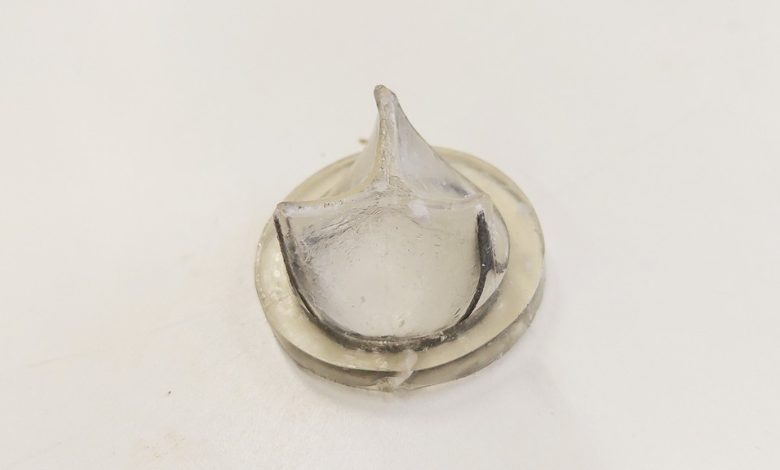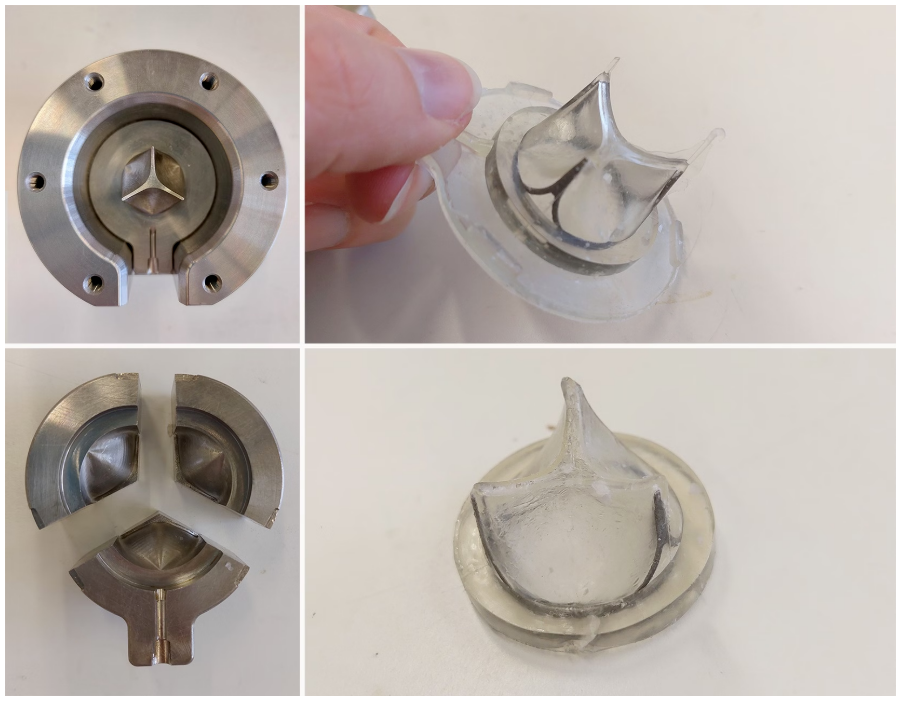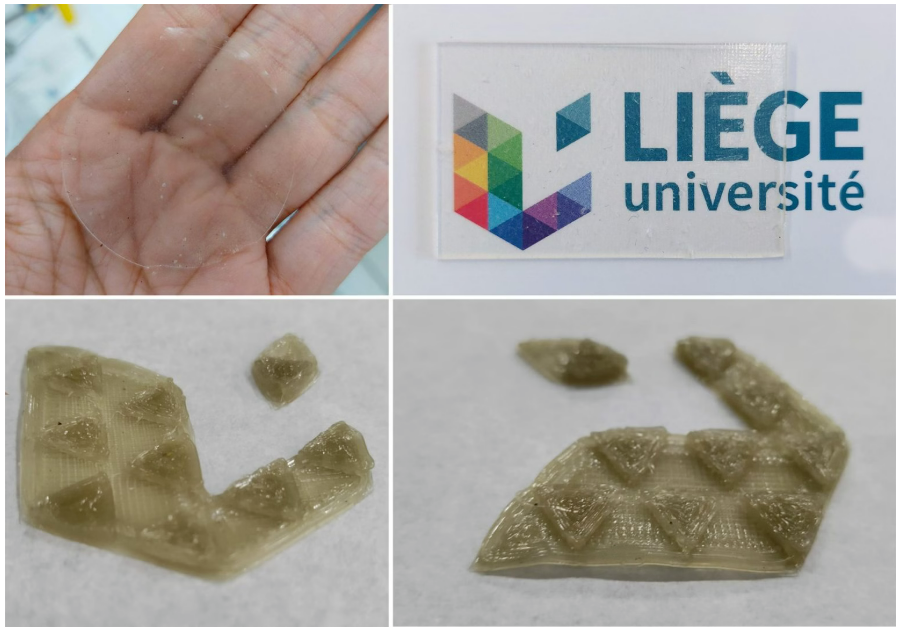Cutting-Edge Technology | Researchers Develop Non-Isocyanate Polyurethane (NIPU) Material for Implantable Medical Devices
A team of scientists from the University of Liège in Belgium has developed a new type of polymer called PHOx. This is a non-isocyanate thermoplastic polyurethane elastomer that can significantly improve the safety of implantable medical devices while being more environmentally friendly.

This achievement has been published in the scientific journal Advanced Healthcare Materials and an international patent has been applied for (WO2025082761).
Millions of patients worldwide undergo interventional or implantable medical device treatments for the cardiovascular system each year, including arterial and venous catheters, cardiac devices, pacemaker leads, artificial hearts, and vascular prostheses. These devices, often made of polyurethane (PU), serve important functions but have significant drawbacks: the production of polyurethane relies on toxic isocyanate chemicals and can easily cause serious complications such as thrombosis and infections in patients.
To this end, the teams from the Cardiology Laboratory (GIGA) and the Polymer Research Laboratory (CESAM) at the University of Liège have proposed a promising alternative: PHOx, a non-isocyanate polyurethane (NIPU) thermoplastic elastomer that not only involves a less toxic production process but also significantly improves biocompatibility.

Chemists Anna Pierrard and Christine Jérôme, director of the Polymer Research Laboratory (CESAM) at the University of Liège, explained: "PHOx (polyhydroxyoxazolidinone) is a flexible and moldable plastic that contains cyclic carbamate bonds, allowing it to be molded, pressed, spun, and 3D printed. Therefore, it can be used to produce various personalized medical devices. Moreover, its raw materials are derived from environmentally friendly components sourced from carbon dioxide, significantly reducing its environmental footprint."
Sofia Melo, a bioengineer, and Cécile Oury, head of the Cardiology Laboratory (GIGA) at the University of Liège, stated: “A large number of laboratory tests have shown that PHOx outperforms conventional medical-grade TPU in several key aspects, with greater compatibility with blood. In particular, it can reduce the adhesion of platelets (the key cells in thrombosis) and the activation of coagulation, thereby lowering the risk of thrombosis. It is also believed to inhibit the adhesion of bacteria such as Staphylococcus aureus, which are often associated with implant infections. No toxicity has been observed for PHOx, either toward human cells or during implantation, and the material has not caused excessive inflammation, degradation, or rejection reactions.”
Another breakthrough advantage of PHOx lies in its suitability for 3D printing. This means that in the future, medical devices can be customized for patients at a lower cost while reducing waste. From personalized implants to anatomically adapted heart valves, the application scenarios of PHOx are extremely wide-ranging.

With its outstanding mechanical properties (flexibility and strength) and biological characteristics (biocompatibility, hemocompatibility, and stability), PHOx is expected to replace traditional polyurethane materials in multiple fields. This breakthrough advances medical devices toward greater safety, environmental friendliness, and cost-effectiveness—customized production combined with the reduction of complications will lead to multiple benefits through lower medical costs.
Researchers emphasize that this is the first time non-isocyanate polyurethane (NIPU) materials have demonstrated such excellent performance in critical medical applications.
【Copyright and Disclaimer】The above information is collected and organized by PlastMatch. The copyright belongs to the original author. This article is reprinted for the purpose of providing more information, and it does not imply that PlastMatch endorses the views expressed in the article or guarantees its accuracy. If there are any errors in the source attribution or if your legitimate rights have been infringed, please contact us, and we will promptly correct or remove the content. If other media, websites, or individuals use the aforementioned content, they must clearly indicate the original source and origin of the work and assume legal responsibility on their own.
Most Popular
-

U.S. Appeals Court Officially Rules: Trump Tariff Unlawful and Void!
-

[Today's Plastics Market] General Materials Weakly Fluctuate, Engineering Materials Steadily Rise
-

At Least 44 Dead in Century-Old Fire! Questioning Hong Kong's Hong Fu Garden: Why Has the Path to Fire Resistance Taken 15 Years Without Progress?
-

Avatr Files for IPO on HKEX, Plans to Complete Listing in Q2 2026
-

Satellite chemical's profits surge! can the 26.6 billion yuan high-end new materials project meet expectations? a review of progress on four major projects






